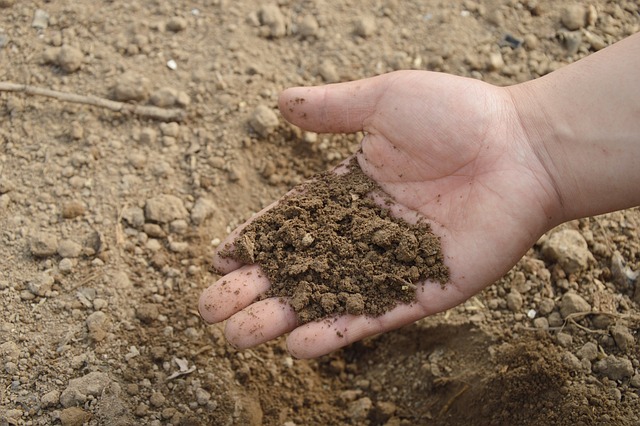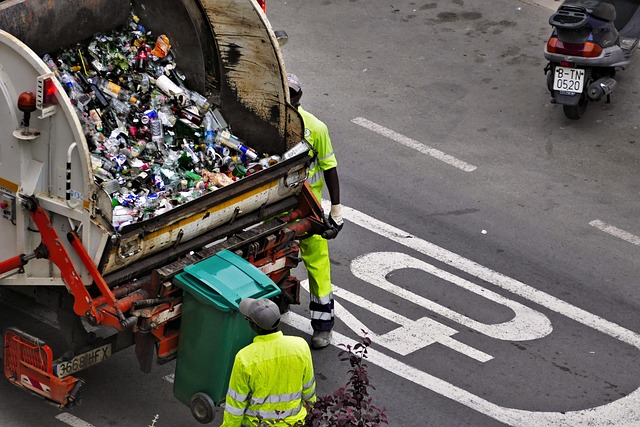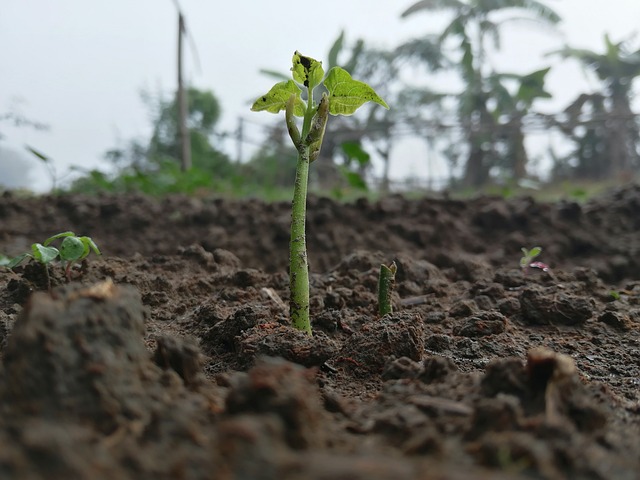I earn commissions if you shop through the links below at no additional cost to you.
Last Updated on February 3, 2025 by Jeremy
We often think of environmental threats in terms of deforestation, climate change, and wildlife conservation. But there’s another, quieter crisis creeping through the world: synthetic chemicals.
These man-made compounds are in plastics, pesticides, industrial waste, and even our personal care products. They are everywhere—woven into the fabric of modern life—but unlike natural substances, they often don’t break down easily.
Once released into the environment, these chemicals don’t just disappear. They travel through air, water, and soil, affecting ecosystems in ways we’re only beginning to understand. I’ve read studies about synthetic chemicals showing up in remote locations, from the Arctic to deep-sea trenches. These substances are persistent, accumulating in wildlife and, eventually, in us.
Before we get into how this affects travel, conservation, and human health, let’s take a look at how these chemicals move through the environment—and why they’re so hard to get rid of.
The Journey of Synthetic Chemicals Through Nature

Picture this: A farmer sprays pesticides on crops. The next time it rains, the chemicals run off into nearby streams. Those streams lead to larger rivers, and eventually, the ocean. Along the way, the chemicals don’t just dilute or disappear—they linger, accumulating in plants, fish, and even coral reefs.
This isn’t just theory—it’s happening right now.
- Bioaccumulation in Wildlife – Small fish absorb chemicals from polluted water. Bigger fish eat those smaller fish, concentrating the toxins at each step of the food chain. By the time those fish reach predators like eagles, bears, or humans, the contamination levels are dangerously high.
- Long-Distance Travel – Studies have found traces of industrial chemicals in pristine Arctic ice and isolated mountain lakes, proving that pollution doesn’t stay local.
- Toxic Soil and Water – Many synthetic chemicals bind to soil or settle in riverbeds, creating long-term contamination that affects plant life and drinking water sources.
During my time traveling through British Columbia and the Yukon, I came across conversations about how mercury and industrial waste had made their way into rivers, threatening local fish populations. These conversations stuck with me, reinforcing the idea that what we do upstream can have serious effects downstream—sometimes thousands of miles away.
How Synthetic Chemicals Are Disrupting Ecosystems

Wildlife across the globe is suffering from the slow but steady impact of chemical pollution. Unlike oil spills or deforestation, these changes are harder to see but just as devastating.
1. The Silent Disruptors: Endocrine-Mimicking Chemicals
- Certain synthetic chemicals mimic hormones, leading to reproductive problems in fish, amphibians, and birds.
- There have been cases where male fish develop female characteristics, leading to population declines.
- Birds in contaminated areas lay weaker eggs, reducing hatch rates.
2. Our Oceans Are Absorbing the Worst of It
- Coral reefs are suffering from chemical-laden sunscreen runoff, leading to bleaching and destruction.
- Industrial pollutants in the ocean bioaccumulate in whales and dolphins, weakening their immune systems.
- Coastal fishing communities are affected as toxic seafood becomes more common.
3. Contaminated Soil = Unhealthy Food
- Pesticide-heavy farmland depletes the microbial life that keeps soil healthy, leading to weaker crops.
- Heavy metals and industrial waste can linger in farmland for decades, affecting everything from grains to fruits.
When I traveled through the U.S. Midwest, I remember hearing concerns from farmers about how runoff from industrial farms was affecting local waterways. In Canada, similar issues arise with pesticide use near lakes and rivers.
The Human Impact: How These Chemicals Are Reaching Us

It’s not just wildlife that’s suffering—these chemicals are in our food, water, and air.
- Pesticides in produce – Even with washing, residues can linger.
- Industrial waste in drinking water – Certain communities face higher contamination risks.
- Airborne toxins – Cities with high pollution levels see higher cancer and asthma rates.
I once read about the struggles of indigenous communities in Canada dealing with water contamination from industrial pollution. These problems are happening closer to home than we think.
We often focus on regulations and safety standards, but the reality is, many chemicals are tested in isolation, rather than accounting for long-term exposure to multiple chemicals at once. That’s why stronger policies and more transparency are needed.
Read more about the impact of synthetic chemicals.
Solutions: Moving Toward a Chemical-Free Future

Despite all this, there is hope. Scientists, activists, and forward-thinking businesses are pushing for alternatives that reduce our reliance on synthetic chemicals.
1. Green Chemistry: Designing Safer Materials
- New biodegradable plastics break down naturally instead of lingering for centuries.
- Eco-friendly pesticides are being developed to target pests without harming other wildlife.
- Some clothing brands are moving away from toxic dyes and synthetic fabrics.
2. Smarter Waste Management
- Recycling programs now focus on removing harmful chemicals before materials re-enter production.
- New wastewater treatment plants use advanced filtration to remove industrial pollutants.
3. What You Can Do
- Choose organic produce when possible to avoid pesticide-heavy crops.
- Support eco-friendly companies that commit to reducing synthetic waste.
- Be mindful of the personal care products you use—many contain microplastics and toxic ingredients.
A few years ago, I started paying attention to sunscreen labels after reading about how certain brands harm marine life. Now, when traveling to places with coral reefs—like during my Bahamas cruise stop—I make sure to use reef-safe sunscreen.
Beyond the Chemicals: Protecting the Natural World

Synthetic chemicals are just one piece of the puzzle when it comes to environmental protection.
- Reducing pollution means protecting forests, oceans, and wildlife habitats.
- Cleaner manufacturing helps preserve natural landscapes for future generations.
- Smarter waste management prevents long-term damage to ecosystems.
When we talk about conservation, we often focus on saving species or protecting rainforests. But reducing synthetic chemical pollution is just as important—because the less we poison our environment, the better chance all life has to thrive.
Closing Thoughts: Small Steps Lead to Big Change
It’s easy to feel overwhelmed by environmental issues, but change happens through small, collective actions.
- Be aware of what’s in the products you buy.
- Support businesses that prioritize sustainability.
- Get involved in clean-up efforts, education programs, or conservation work.
We may not be able to reverse all the damage overnight, but we can start making better choices today—for ourselves, for wildlife, and for future generations.
What’s one small change you’ve made to reduce synthetic chemicals in your daily life? Share your thoughts in the comments!

Leave a Reply